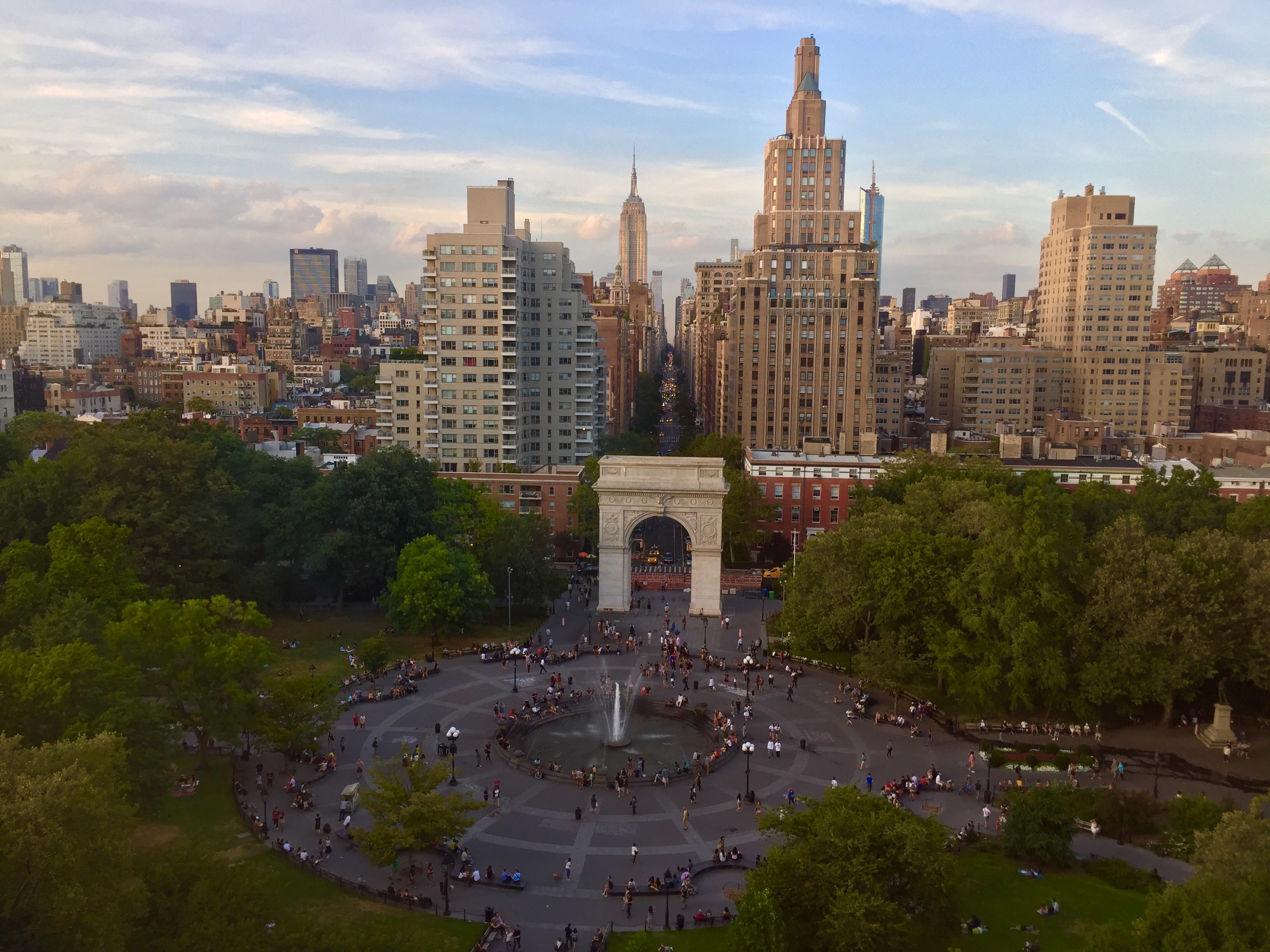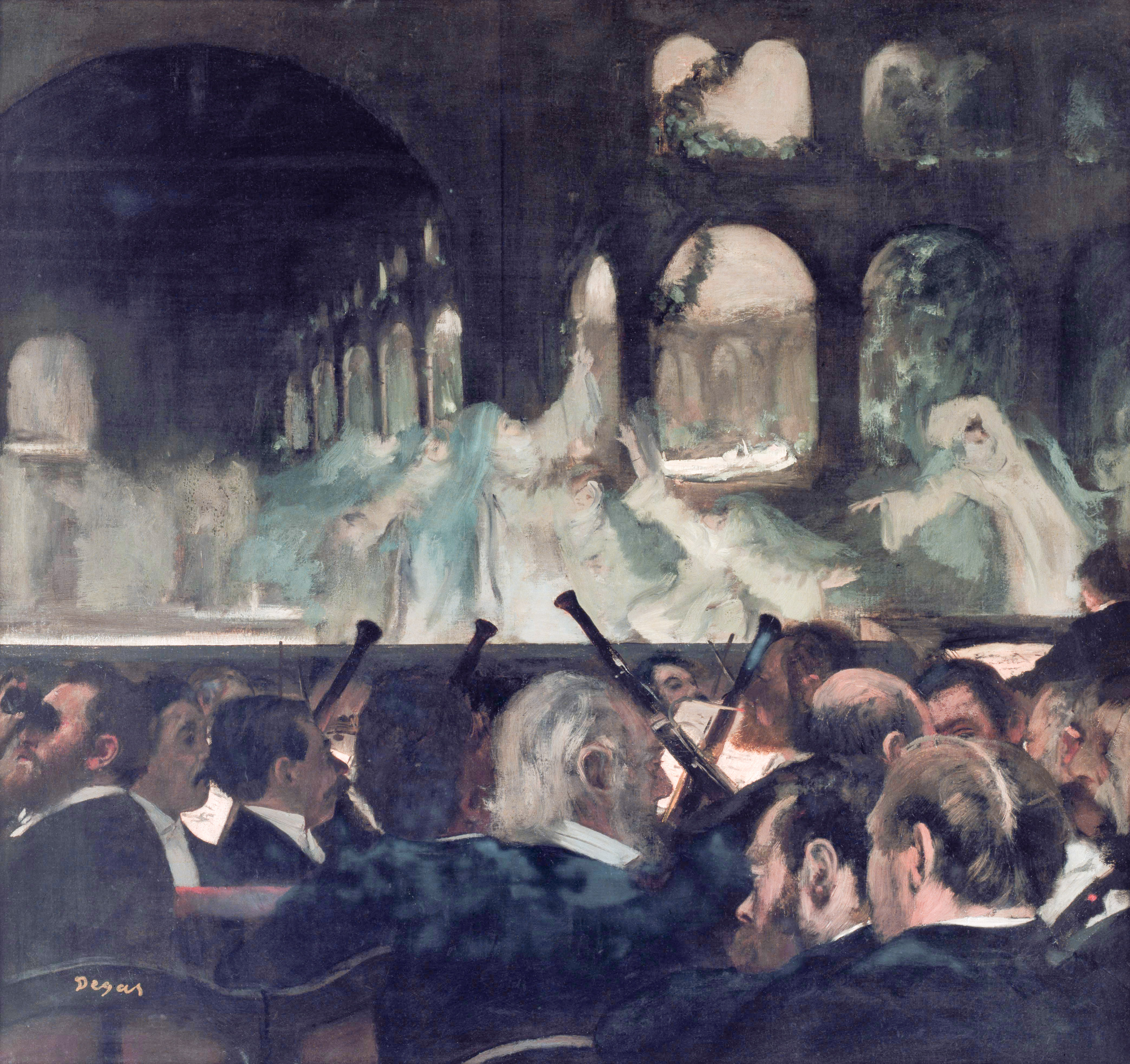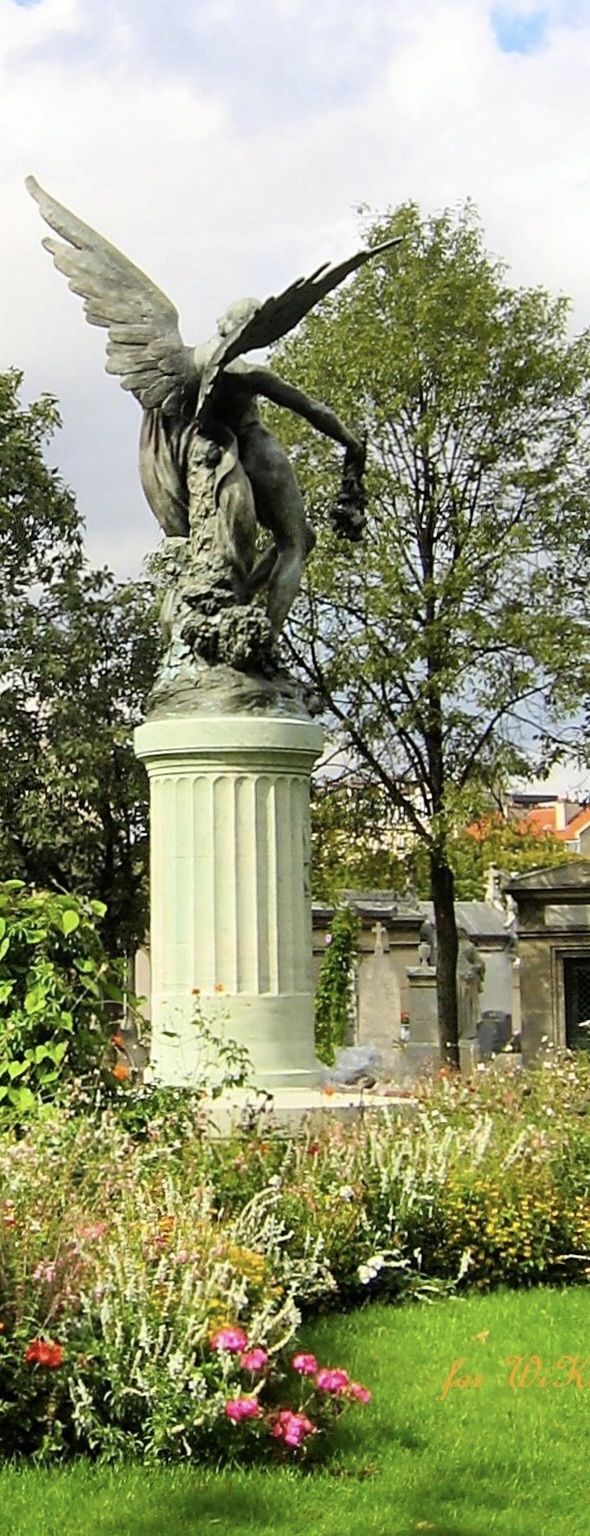|
Brassaï
Brassaï (; pseudonym of Gyula Halász; 9 September 1899 – 8 July 1984) was a Hungarian–French photographer, sculptor, medalist, writer, and filmmaker who rose to international fame in France in the 20th century. He was one of the numerous Hungarian artists who flourished in Paris beginning between the world wars. In the early 21st century, the discovery of more than 200 letters and hundreds of drawings and other items from the period 1940 to 1984 has provided scholars with material for understanding his later life and career. Early life and education Gyula (Julius) Halász, Brassaï (pseudonym) was born on 9 September 1899 in Brassó, Kingdom of Hungary (today Brașov, Romania) to an Armenian mother and a Hungarian father. He grew up speaking Hungarian and Romanian. When he was three his family lived in Paris for a year, while his father, a professor of French literature, taught at the Sorbonne. As a young man, Halász studied painting and sculpture at the Hungarian Acade ... [...More Info...] [...Related Items...] OR: [Wikipedia] [Google] [Baidu] |
Lajos Tihanyi
Lajos Tihanyi (29 October 1885 – 11 June 1938) was a Hungarian painter and lithographer who achieved international renown working outside his country, primarily in Paris, France. After emigrating in 1919, he never returned to Hungary, even on a visit. Born in Budapest, as a young man, Tihanyi was part of the "Neoimpressionists" or "Neos", and later the influential ''avant-garde'' group of painters called The Eight (''A Nyolcak''), founded in 1909 in Hungary. They were experimenting with styles of Post-Impressionism and rejected the naturalism of the Nagybánya artists' colony. Their work is considered highly influential in establishing modernism in Hungary to 1918, when the First World War and revolution overtook the country. After the fall of the Hungarian Democratic Republic in 1919, Tihanyi left and lived briefly in Vienna. He moved on to Berlin for a few years, where he connected with many Hungarian émigré writers and artists, such as Gyorgy Bölöni and the future Brass ... [...More Info...] [...Related Items...] OR: [Wikipedia] [Google] [Baidu] |
Henry Miller
Henry Valentine Miller (December 26, 1891 – June 7, 1980) was an American novelist. He broke with existing literary forms and developed a new type of semi-autobiographical novel that blended character study, social criticism, philosophical reflection, stream of consciousness, explicit language, sex, Surrealism, surrealist free association (psychology), free association, and mysticism. His most characteristic works of this kind are ''Tropic of Cancer (novel), Tropic of Cancer'', ''Black Spring (novel), Black Spring'', ''Tropic of Capricorn (novel), Tropic of Capricorn'', and the trilogy ''The Rosy Crucifixion'', which are based on his experiences in New York City, New York and Paris (all of which were banned in the United States until 1961). He also wrote travel memoirs and literary criticism, and painted watercolors. Early life Miller was born at his family's home, 450 East 85th Street, in the Yorkville, Manhattan, Yorkville section of Manhattan, New York City. He was the son o ... [...More Info...] [...Related Items...] OR: [Wikipedia] [Google] [Baidu] |
André Kertész
André Kertész (; 2 July 1894 – 28 September 1985), born Andor Kertész, was a Hungarian-born photographer known for his groundbreaking contributions to photographic composition (visual arts), composition and the photo essay. In the early years of his career, his then-unorthodox camera angles and style prevented his work from gaining wider recognition. Kertész never felt that he had gained the worldwide recognition he deserved. Today he is considered one of the seminal figures of photojournalism. Expected by his family to work as a stockbroker, Kertész pursued photography independently as an Autodidacticism, autodidact, and his early work was published primarily in magazines, a major market in those years. This continued until much later in his life, when Kertész stopped accepting commissions. He served briefly in World War I and moved to Paris in 1925, then the artistic capital of the world, against the wishes of his family. In Paris he worked for France's first illustra ... [...More Info...] [...Related Items...] OR: [Wikipedia] [Google] [Baidu] |
Salvador Dalí
Salvador Domingo Felipe Jacinto Dalí i Domènech, Marquess of Dalí of Púbol (; ; ; 11 May 190423 January 1989) was a Spanish Surrealism, surrealist artist renowned for his technical skill, precise draftsmanship, and the striking and bizarre images in his work. Born in Figueres, Catalonia, Spain, Dalí received his formal education in fine arts in Madrid. Influenced by Impressionism and the Renaissance art, Renaissance masters from a young age he became increasingly attracted to Cubism and avant-garde movements. He moved closer to Surrealism in the late 1920s and joined the Surrealist group in 1929, soon becoming one of its leading exponents. His best-known work, ''The Persistence of Memory'', was completed in August 1931, and is one of the most famous Surrealist paintings. Dalí lived in France throughout the Spanish Civil War (1936 to 1939) before leaving for the United States in 1940 where he achieved commercial success. He returned to Spain in 1948 where he announced his ... [...More Info...] [...Related Items...] OR: [Wikipedia] [Google] [Baidu] |
Kingdom Of Hungary
The Kingdom of Hungary was a monarchy in Central Europe that existed for nearly a millennium, from the Middle Ages into the 20th century. The Principality of Hungary emerged as a Christian kingdom upon the coronation of the first king Stephen I at Esztergom around the year 1000;Kristó Gyula – Barta János – Gergely Jenő: Magyarország története előidőktől 2000-ig (History of Hungary from the prehistory to 2000), Pannonica Kiadó, Budapest, 2002, , p. 687, pp. 37, pp. 113 ("Magyarország a 12. század második felére jelentős európai tényezővé, középhatalommá vált."/"By the 12th century Hungary became an important European factor, became a middle power.", "A Nyugat részévé vált Magyarország.../Hungary became part of the West"), pp. 616–644 his family (the Árpád dynasty) led the monarchy for 300 years. By the 12th century, the kingdom became a European middle power within the Western world. Due to the Ottoman occupation of the central and south ... [...More Info...] [...Related Items...] OR: [Wikipedia] [Google] [Baidu] |
Universität Der Künste Berlin
The Universität der Künste Berlin (UdK; also known in English as the Berlin University of the Arts), situated in Berlin, Germany, is the largest art school in Europe. It is a public art and design school, and one of the four research universities in the city. The university is known for being one of the biggest and most diversified universities of the arts worldwide. It has four colleges specialising in fine arts, architecture, media and design, music and the performing arts with around 3,500 students. Thus the UdK is one of only three universities in Germany to unite the faculties of art and music in one institution. The teaching offered at the four colleges encompasses the full spectrum of the arts and related academic studies in more than 40 courses. Having the right to confer doctorates and post-doctoral qualifications, Berlin University of the Arts is also one of Germany's few art colleges with full university status. Outstanding professors and students at all its colleges ... [...More Info...] [...Related Items...] OR: [Wikipedia] [Google] [Baidu] |
Grand Opera
Grand opera is a genre of 19th-century opera generally in four or five acts, characterized by large-scale casts and orchestras, and (in their original productions) lavish and spectacular design and stage effects, normally with plots based on or around dramatic historic events. The term is particularly applied (sometimes specifically used in its French language equivalent grand opéra, ) to certain productions of the Paris Opéra from the late 1820s to around 1850; 'grand opéra' has sometimes been used to denote the Paris Opéra itself. The term 'grand opera' is also used in a broader application in respect of contemporary or later works of similar monumental proportions from France, Germany, Italy, and other countries. It may also be used colloquially in an imprecise sense to refer to 'serious opera without spoken dialogue'. Origins Paris at the turn of the 19th century drew in many composers, both French and foreign, and especially those of opera. Several Italians working d ... [...More Info...] [...Related Items...] OR: [Wikipedia] [Google] [Baidu] |
High Society (social Class)
High society, sometimes simply society, is the behavior and lifestyle of people with the highest levels of wealth and social status. It includes their related affiliations, social events and practices. Upscale social clubs were open to men based on assessments of their ranking and role within high society. In American high society, the ''Social Register'' was traditionally a key resource for identifying qualified members. For a global perspective, see upper class. The quality of housing, clothing, servants and dining were visible marks of membership. History 19th century The term became common in the late 19th century, especially when the newly rich arrived in key cities such as New York City, Boston, and Newport, Rhode Island, built great mansions and sponsored highly publicized parties. The media lavished attention on them, especially when newspapers devoted whole sections to weddings, funerals, parties and other events sponsored by the local high society. In major citie ... [...More Info...] [...Related Items...] OR: [Wikipedia] [Google] [Baidu] |
Alfred Perles
Alfred Perlès (1897–1990) was an Austrian writer (in later life a British citizen), who was most famous for his associations with Henry Miller, Lawrence Durrell, and Anaïs Nin. Life and works Born in Vienna in 1897, to Czech Jewish parents, Perlès struggled as a writer in Paris during his early 1930s, where he worked for a while for the Paris office of the ''Chicago Tribune''. In 1933, American writer Henry Miller - not yet known - took an apartment with Perlès in Clichy. Miller wrote of this experience in his book '' Quiet Days in Clichy'' (1956, orig. written 1940), in which the character "Carl" is based on Perlès. Other Miller works about Perlès in Paris include his early ''What Are You Going To Do About Alf?'', and a letter to Perlès in ''Aller Retour New York''. By 1936, Perlès was part of a vibrant Parisian literary scene that included Miller, Lawrence Durrell, and Anaïs Nin, as well as Antonin Artaud, Michael Fraenkel, Hans Reichel and others. Anaïs Nin writ ... [...More Info...] [...Related Items...] OR: [Wikipedia] [Google] [Baidu] |
Jacques Prévert
Jacques Prévert (; 4 February 1900 – 11 April 1977) was a French poet and screenwriter. His poems became and remain popular in the French-speaking world, particularly in schools. His best-regarded films formed part of the poetic realist movement, and include '' Les Enfants du Paradis'' (1945). He published his first book in 1946. Life and education Prévert was born in Neuilly-sur-Seine and grew up in Paris. After receiving his ''Certificat d'études'' upon completing his primary education, he quit school and went to work in Le Bon Marché, a major department store in Paris. In 1918, he was called up for military service in the First World War. After this, he was sent to the Near East to defend French interests there. He died of lung cancer in Omonville-la-Petite, on 11 April 1977. He had been working on the last scene of the animated movie ''Le Roi et l'Oiseau'' (''The King and the Mockingbird'') with his friend and collaborator Paul Grimault. When the film was released in ... [...More Info...] [...Related Items...] OR: [Wikipedia] [Google] [Baidu] |
Léon-Paul Fargue
Léon-Paul Fargue (, 4 March 187624 November 1947) was a French poet and essayist. He was born in Paris, France, on rue Coquilliére. As a poet he was noted for his poetry of atmosphere and detail. His work spanned numerous literary movements. Before he reached 19 years of age, Fargue had already published in ''L'Art littéraire'' in 1894 and his important poem ''Tancrède'' appeared in the magazine ''Pan'' in 1895. As an opponent of the surrealists, he became a member of the Symbolist poetry circle connected with '' Le Mercure de France.'' Rilke, Joyce and others declared that Fargue was at the very forefront of modern poetry. He was also a poet of Paris, and later in his career he published two books about the city, ''D'après Paris'' (1931) and ''Le piéton de Paris'' (1939). His earliest work is divided between Paris prowlings and intimate scenes of childhood and nature. He was a great social lion in the literary scene of Paris in the 1920s and 30s. Walter Benjamin (who ... [...More Info...] [...Related Items...] OR: [Wikipedia] [Google] [Baidu] |
Montparnasse
Montparnasse () is an area in the south of Paris, France, on the left bank of the river Seine, centred at the crossroads of the Boulevard du Montparnasse and the Rue de Rennes, between the Rue de Rennes and boulevard Raspail. Montparnasse has been part of Paris The area also gives its name to: * Gare Montparnasse: trains to Brittany, TGV to Rennes, Tours, Bordeaux, Le Mans; rebuilt as a modern TGV station; * The large Montparnasse – Bienvenüe métro station; * Cimetière du Montparnasse: the Montparnasse Cemetery, where, among other celebrities, Charles Baudelaire, Constantin Brâncuși, Jean-Paul Sartre, Simone de Beauvoir, Man Ray, Samuel Beckett, Serge Gainsbourg and Susan Sontag are buried; * Tour Montparnasse, a lone skyscraper. The Pasteur Institute is located in the area. Beneath the ground are tunnels of the Catacombs of Paris. Students in the 17th century who came to recite poetry in the hilly neighbourhood nicknamed it after "Mount Parnassus", home to the nin ... [...More Info...] [...Related Items...] OR: [Wikipedia] [Google] [Baidu] |


.jpg)
_by_Erling_Mandelmann.jpg)



